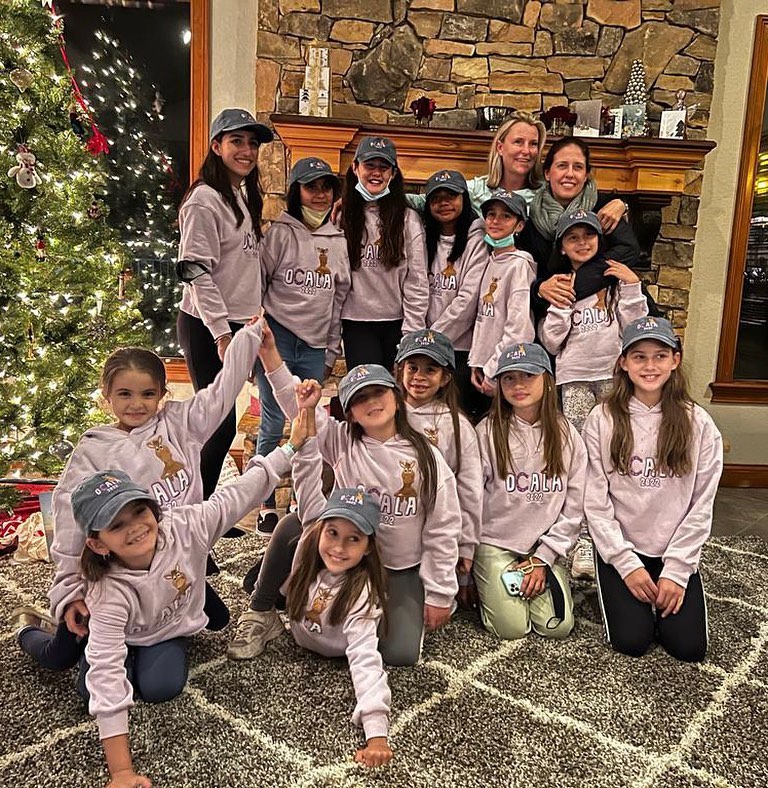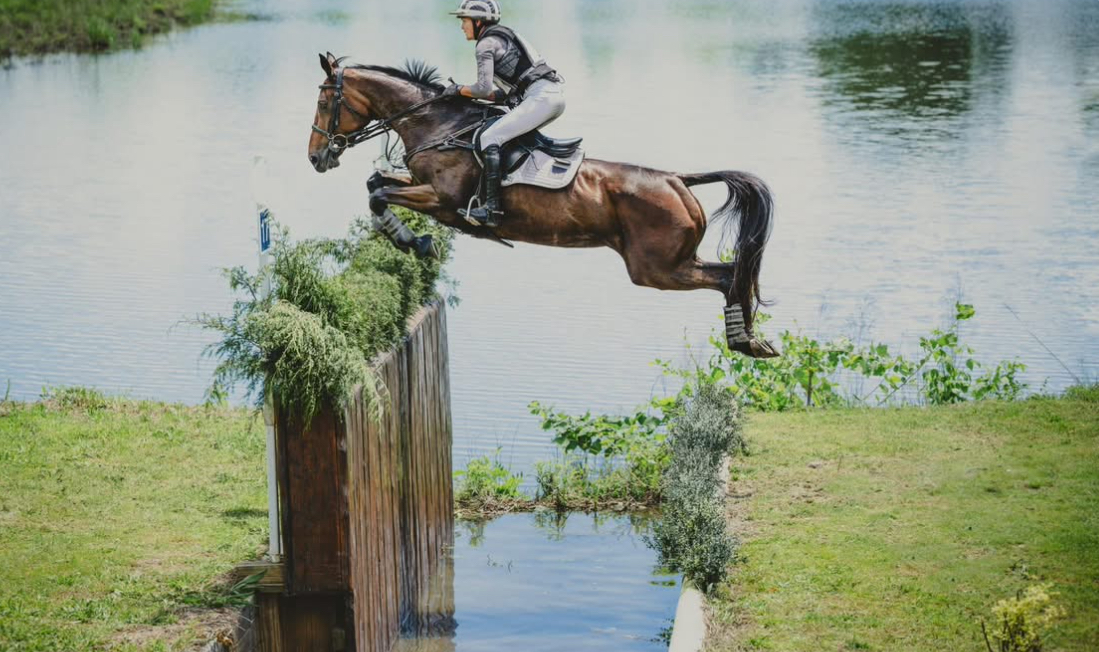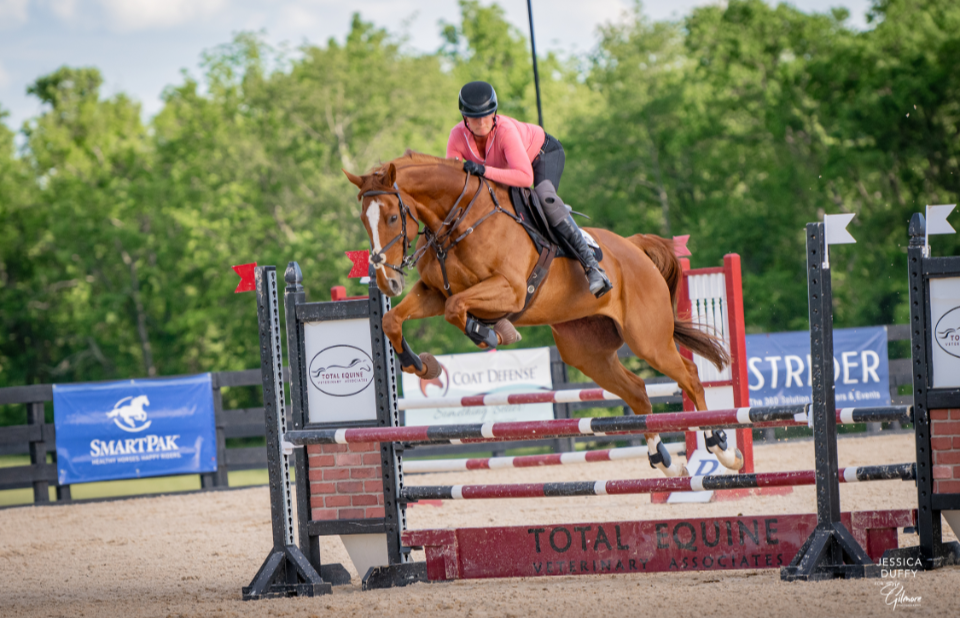
Photo courtesy of Foshay International.
The past two years have been trying for everyone, and our North American eventing calendar has seen quite a shakeup as a result (we’ll be sharing an updated, annotated FEI calendar with you soon).
One Canadian FEI fixture, that has become a destination event for many, is shape-shifting for 2022: Foshay International, in Jemseg, New Brunswick, Canada. We’ll let co-chairs Rob and Suzanne Stevenson and their team explain the event’s change of direction — for now:
“I’ll listen for what’s missing – And I’ll put it there.” — Rives, “Mockingbird” TED2006
Well, we have certainly had lots of time to decide on the future direction for the Foshay International! As we outline plans for this year, I’d like to draw attention to this quote from F. Scott Fitzgerald:
“Before I go on with this short history, let me make a general observation- the test of a first-rate intelligence is the ability to hold two opposed ideas in the mind at the same time, and still retain the ability to function. One should, for example, be able to see that things are hopeless and yet be determined to make them otherwise.” (“The Crack-Up” February 1936)
“The premise of the Foshay International has always been to host top-flight events in a natural hosting venue, with great footing and great courses. We have subscribed to the “build it and they will come” mantra. And we did build it. And they did come. We had studied what was needed in the sport in 2016/2017 and launched the event that we felt best suited the need of the sport in North America in 2018. We learned from the inaugural event and returned bigger and better in 2019 (remember the 3,000 spectators?).
“And then the game changed — hard to host an international event when people cannot travel to New Brunswick. So over the past year, we have worked to determine what is now needed in the sport — in the region/in the country — as we plan for 2022 and beyond.
“Though we have every intent to eventually host FEI events again, the adjustment for 2022 will be to expand to the grassroots.
“So why the grassroots? We have had a few riders from the Maritimes compete at the Foshay International in years past, however, most competitors traveled from away. The motto has been, “Dare to dream, to experience, and to seek greatness,” and really it is time to expand the experience to our regional riders that are longing to progress in the sport. We do expect that the progression will be to once again host FEI events, though for this year, the focus will be on starter through to preliminary levels.
“In order to address the need for systematic progression, we’re planning on six shows this year: plan on something the 3rd weekend of every month, from May until October (final dates to be confirmed). This will be our roadmap for a measure/manage approach.
“Essentially the idea is to start early in the season, and then with suitable experiences and coaching see progress over the course of the year.Perhaps start at one level, and finish at another. This is about setting a goal, doing the work, seeing the progress, and achieving what you set out to do. And we do hope that we’ll see some interprovincial migration. We do hope that through the experiences at Foshay, riders and their horses will be more prepared for competitions outside of the region.
“Beyond the experience of the horses and riders, we need a chance to welcome back the sponsors, supporters, parents, officials, volunteers and spectators! We have been very fortunate at Foshay, as it had become a seasonal fixture – a destination to hit on the Labour Day weekend. As 2022 shapes up, we’ll be dusting off the sponsorship list to see how past sponsors might wish to be involved in this new iteration of Foshay going forward. We’ll open up discussions with vendors to see what might be possible, all the while recognizing the opportunities made possible with the return of the Lower Gagetown ferry.
“Returning to Mr. Fitzgerald for a moment, I hope it now makes sense how we’ll hold these two ideas in our minds at the same time, how the Foshay International will be expanded to the grassroots to simply supply the sport with what is most needed – and what is most possible – in 2022. As much as we want to be a qualifying event for future Pan Am Games, we also need to ensure that we enable the progress of younger athletes and horses in the sport.
“We’ll be welcoming back all those that believe in equestrian sport. Foshay will again be a shared canvas. Whether a rider, a parent, a sponsor, and official, a volunteer or a spectator, what are you willing to do to make it possible? How will you define your own Foshay experience?
“Foshay is back. Well, it really never left. It’s just been waiting for us to catch up, to listen for what is missing, and to put it there.
“See you in 2022!
“The Foshay Team
January 2022″
Looking forward to it! We applaud Foshay’s attentiveness to the needs of its community and look forward to cheering the event on in the future. Learn more at the Foshay website here.































